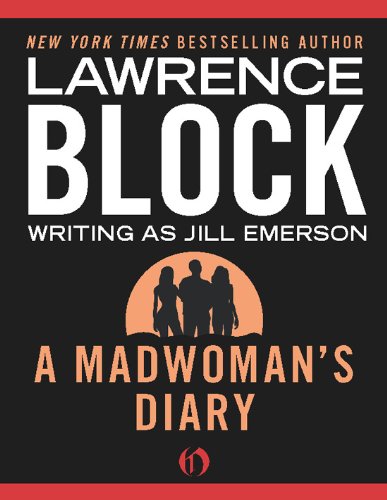



The intense, negative affective states reported by borderline patients include emptiness ( Conte et al., 1980 Zanarini et al., 1990), depression and anxiety ( Barrash et al., 1983 Conte et al., 1980 Grinkler et al., 1968 Zanarini et al., 1990), anger ( Frances et al., 1984 Grinkler et al., 1968 Gunderson et al., 1975 Gunderson & Kolb, 1978 Hongfeld et al., 1970 Perry & Klerman, 1980 Snyder et al., 1982 Zanarini et al., 1990), loneliness ( Grinkler et al., 1968 Perry & Klerman, 1980 Zanarini et al., 1990), boredom ( Zanarini et al., 1990), as well as anhedonia ( Gunderson and Kolb, 1978 Perry and Kerman, 1980 Sheehy et al., 1980 Stern, 1938). This suggests that abusive and neglectful childhood experiences are significant risk factors for severe affective and cognitive difficulties reported by borderline patients and that sexual abuse is neither necessary nor sufficient for the development of these troubling inner states.Īffective and cognitive difficulties experienced by borderline patients have been well documented. Significant predictors of dysphoric states included: emotional abuse, verbal abuse, physical abuse, sexual abuse, emotional withdrawal, inconsistent treatment, denial of patient’s feelings, lack of a real relationship, placing patient in parental role, and failure to protect patient. The Dysphoric Affect Scale – a 50-item self-report measure of affective and cognitive states thought to be common among and specific to borderline patients– was administered at fives waves of prospective follow-up. The Revised Childhood Experiences Questionnaire was administered at baseline to 290 patients meeting DIB-R and DSM-III-R criteria for BPD.

Childhood experiences of abuse and neglect were assessed in relation to dysphoric states among patients with borderline personality disorder (BPD) over a 10-year course of prospective follow-up.


 0 kommentar(er)
0 kommentar(er)
